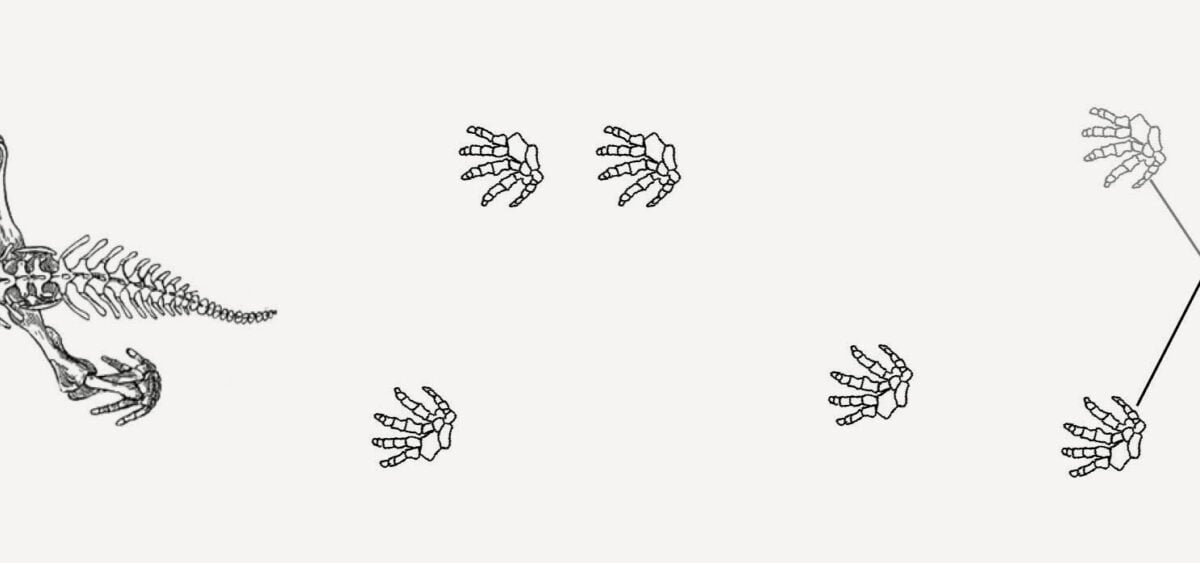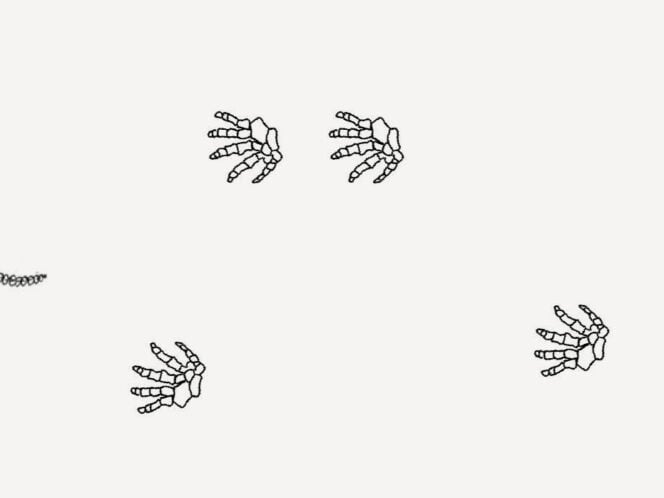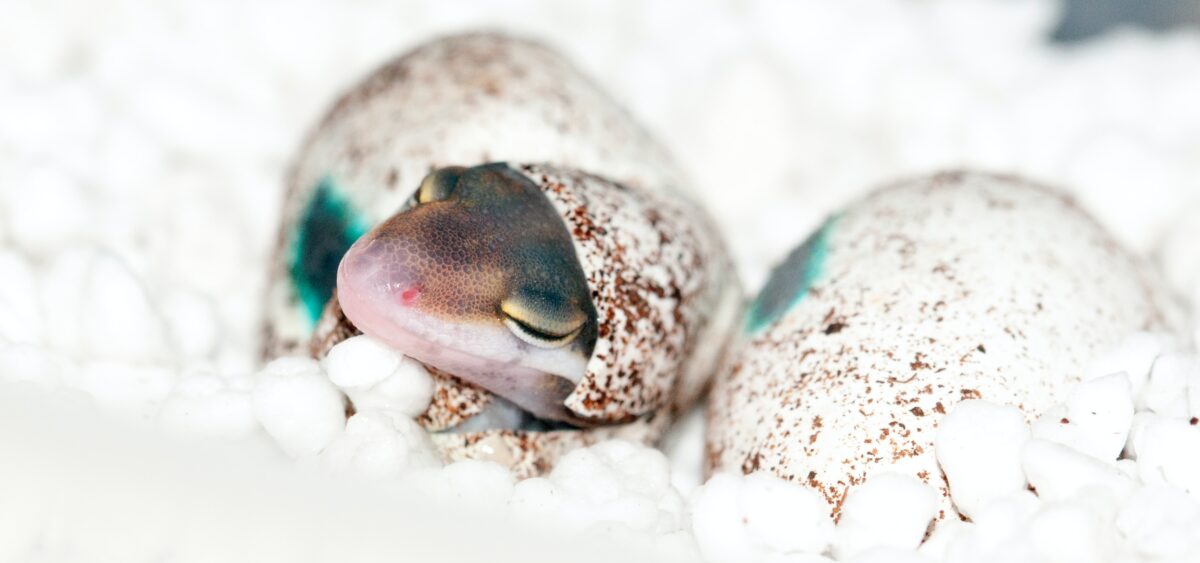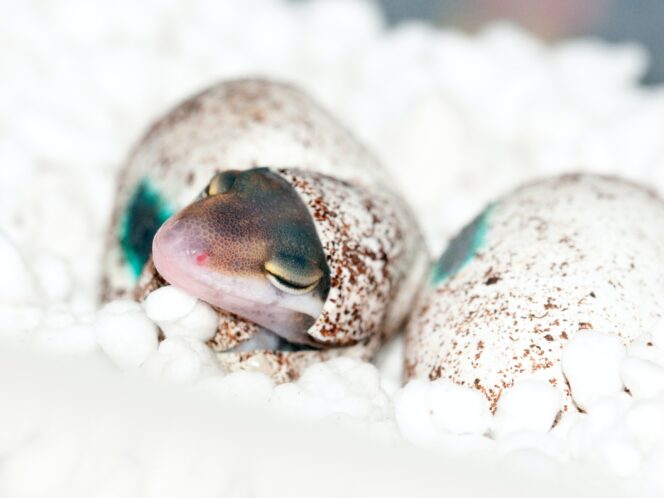
Around four hundred million years ago, our ancestors turned toward land—first with their eyes, and then their fins, which soon became legs. Was it a good decision? Their descendants’ views seem to be divided.
A Gary Larson cartoon is lodged in my memory: two froggy/fishy creatures gaze longingly from the water onto the beach. One of them is holding a baseball bat in its fin/hand, and there’s a carelessly struck ball on the sand. The caption says: “Great moments in evolution.” When I was later reading Carl Zimmer’s book At the Water’s Edge (about how life emerged onto land and then returned to the sea) and saw that the first chapter is entitled “After a Lost Balloon,” of course I immediately thought that the author had pinched Larson’s joke about the ball. But the truth turned out to be much more interesting.
On July 11, 1897, the Swedish engineer and polar explorer Salomon August Andrée boarded a balloon in the north of Svalbard along with two companions; they were never seen again. They set out to conquer the North Pole, but after a time, the balloon—weighed down by ice and losing hydrogen through its leaky envelope—definitively dropped onto the ice, and the brave explorers died soon after. Their last camp, their bodies, and their diaries were found by accident in 1930, on the isolated White Island. However, in the year after the adventurers went missing, intense searches were undertaken all around the Arctic. Although at that time the travelers’ remains weren’t found, the quest unearthed other bones, which were scientifically more important. On the east coast of Greenland, in the exposed Devonian rocks of Celsius Bjerg, Swedish researchers encountered fossils of some Sarcopterygii (lobe-finned fishes) and a few other specimens they were unable to classify.
We Are Strange Fish
The Sarcopterygii themselves—and specifically, modern lungfish, which form a part of that taxon—were already described by nineteenth-century naturalists, who were, by the way, quite mystified by them. Not only








